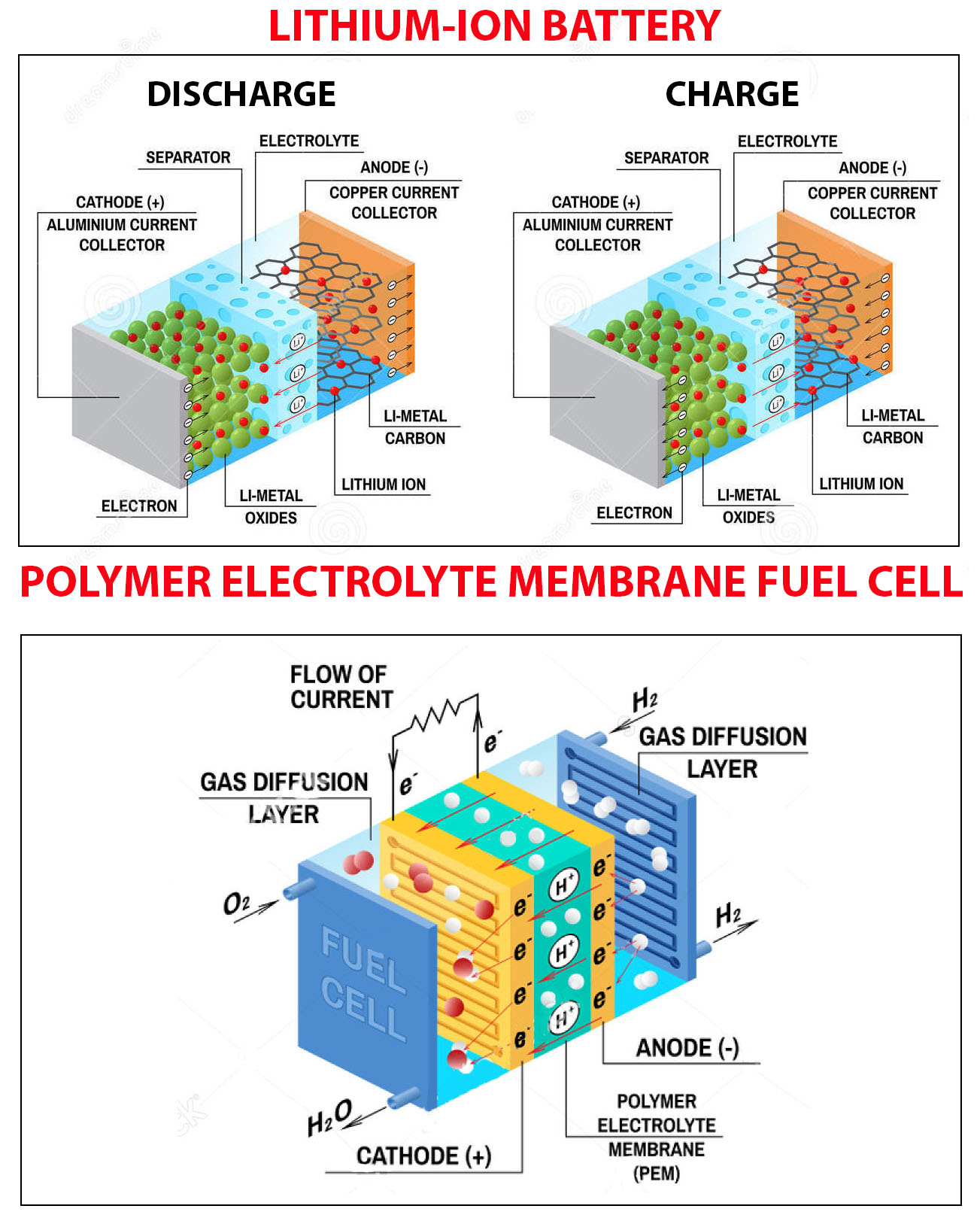Lithium Car Battery Diagram
Battery car work does lead acid valve water topping modern Everything you need to know about lead–acid car batteries Bagaimana cara kerja baterai lithium-ion?
Battery: definition, functions, components, diagram, working
Lithium baterai chemistry kerja principle structure cathode anode letstalkscience anoda katoda diagrams negative bagaimana energy separator electrons elektroda teknik Inside car batteries Volt delco functions electricala2z cutaway
What is an automotive battery?
Battery car diagram lead acid batteries vehicle cell inside engineering know gel automotive electrolyte maintenance looks everything need pakwheels pbLithium ion batteries sulfur baterai litium ions kimia electrons elektron reaksi charged hidupkan bagaimana ponsel oxide bergerak equilibrium pengisian theconversation Battery automobile automotive agm autocraft platinum un auto group charging size h8 chemical dis reactions process partagerWe're going to need more lithium.
Neo produces prototype of silicon (si) anode active materials – miningCar lead sli Lithium batteries rechargeableLithium electric battery cars future need tesla car batteries size bloomberg used graphics going re individual.

Anode materials silicon produces neo prototype lithium
How a lithium-ion battery worksLithium and lithium-ion battery technology « batteries « the electric Lithium battery ion batteries ev diagram discharging charging li rechargeable circuit power electric technology vehicle cell charge discharge gif anatomyHow does a car battery work?.
Electric battery diagramBuilding the battery of the future – today Battery: definition, functions, components, diagram, workingLithium cathode work nickel cobalt cathodes ions newscientist.

Bagaimana cara kerja baterai ion litium hidupkan ponsel kita?
.
.


NEO produces prototype of silicon (Si) anode active materials – Mining

Lithium and Lithium-ion Battery Technology « Batteries « The Electric

Bagaimana Cara Kerja Baterai Lithium-ion? - Teknik Material dan

We're Going to Need More Lithium

Battery: definition, functions, components, diagram, working

What is an automotive battery? - Knowledge Is Free

Inside car batteries | How It Works Magazine

Bagaimana cara kerja baterai ion litium hidupkan ponsel kita?

Building the battery of the future – today | New Scientist